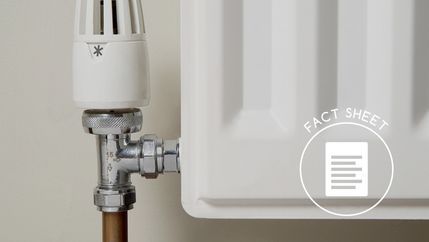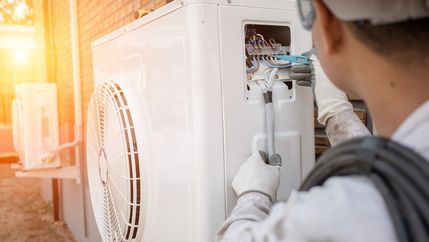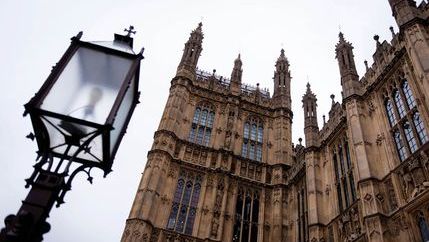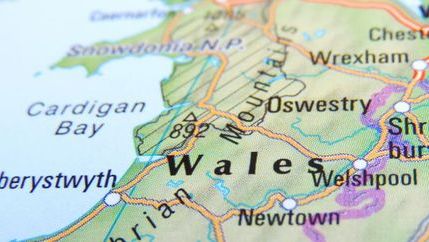
Propertymark agrees that heat networks are a proven, cost-effective way of providing reliable, efficient, low carbon heat at a fair price to consumers, while supporting local regeneration. However, effective rules on consumer redress and transparency are essential to ensure residents connected to heat networks receive the same protections and clarity as those using conventional utilities.
Why agents need to know about heat networks
Connection to a heat network, the type of network, and the supplier could all be material information about a residential or commercial building and may influence the valuation of a property and the decisions of potential buyers or renters.
Furthermore, under The Heat Network (Metering and Billing) Regulations 2014, landlords may have legal responsibilities for installing meters, billing the final user, and providing information to the Measurement and Regulation Office if they are renting properties on a network.
An overview of Ofgem’s proposals
The current consultation, open until 9 July 2025, details how the regulator plans to introduce consumer protections through a new fair pricing framework, which establishes an obligation that charges must always be fair and proportionate. To ensure prices meet these principles, Ofgem proposes using a fairness test, which will be applied individually on a case-by-case basis.
Additionally, new rules on cost allocation will prevent fines and penalties incurred by suppliers from being passed on to customers. Ofgem will also develop best practice guidance to help suppliers structure their prices clearly and transparently.
Three benchmarking methods will be put in place: external benchmarks, such as comparisons with gas boilers or heat pumps; comparator benchmarks, where pricing is compared among similar heat networks; and own past pricing analysis to monitor increases over time. The results of benchmarking will be made publicly available.
The development of sector regulation
Heat networks (also called district heating or communal heating) supply heating and hot water from a central source to multiple homes or buildings via a network of insulated pipes. The earliest schemes in the UK were implemented in the 1950s, primarily in public buildings, housing estates, and campuses. The last 15 years have seen a surge in interest due to climate commitments, with government forecasts estimating heat networks could supply up to 20% of UK heat demand by 2050.
Unlike conventional heating, where each household can choose its energy supplier, consumers on a network are tied to a single supplier. This has raised longstanding concerns over price fairness, service quality, and consumer protections. Until now, heat networks have been unregulated, meaning there are no price controls or guaranteed consumer rights.
In 2018, the Competition and Markets Authority (CMA) published a market study that highlighted problems in the sector, including pricing concerns and a lack of transparency. Since then, the Department for Energy Security and Net Zero (DESNZ) has introduced a regulatory framework through the Energy Act 2023, which confirmed Ofgem as the heat networks regulator in Great Britain.
Energy efficiency
The UK housing stock is amongst the least energy efficient in Europe and the Committee on Climate Change says that energy use in homes accounts for about 14 per cent of UK greenhouse gas emissions. Non-domestic buildings account for around one-third of UK emissions from the building stock.







